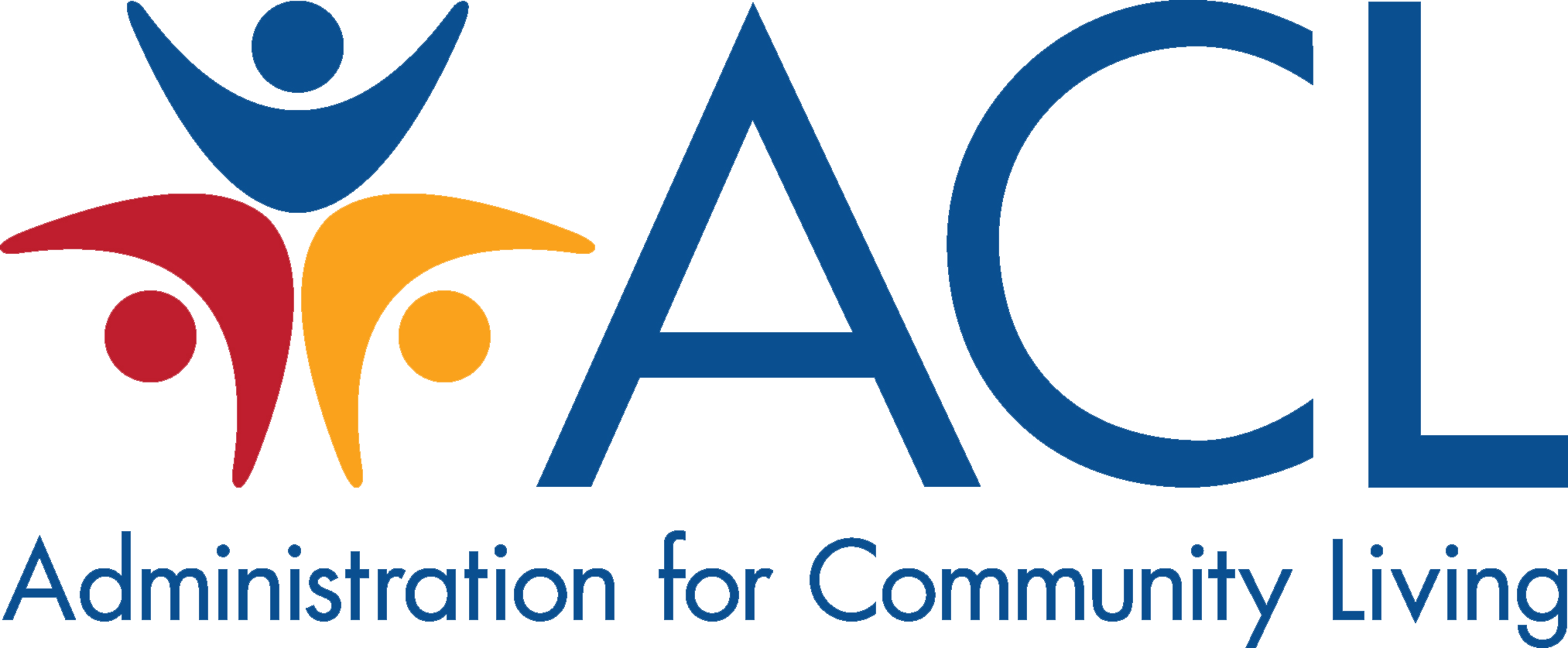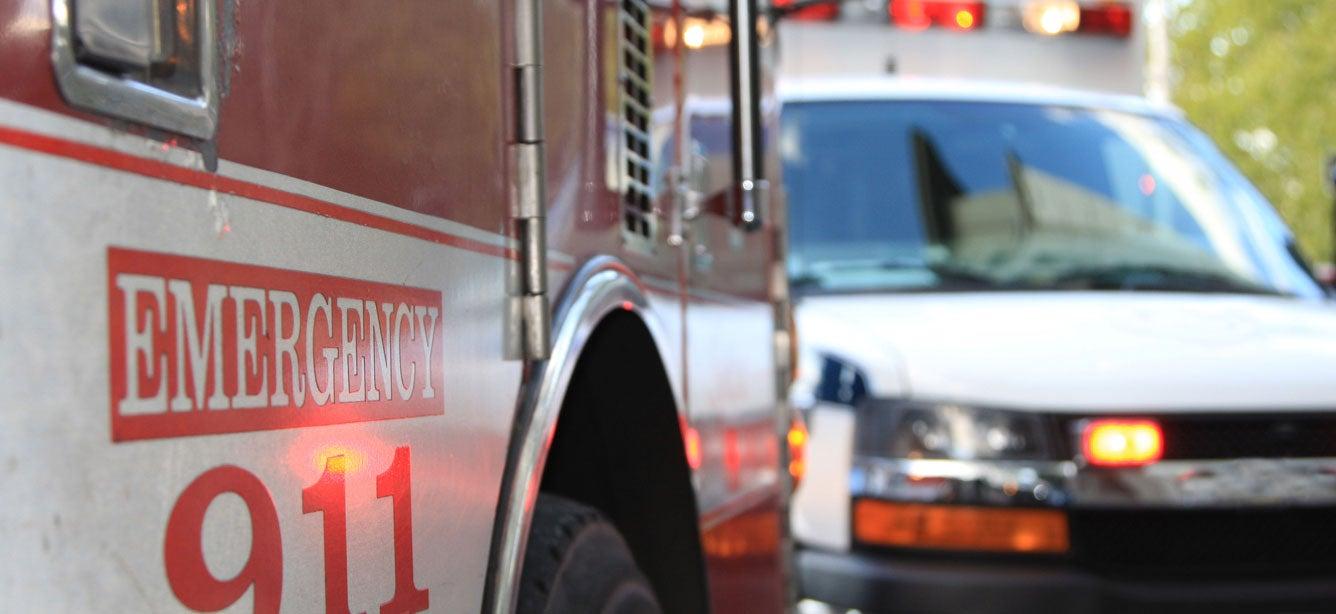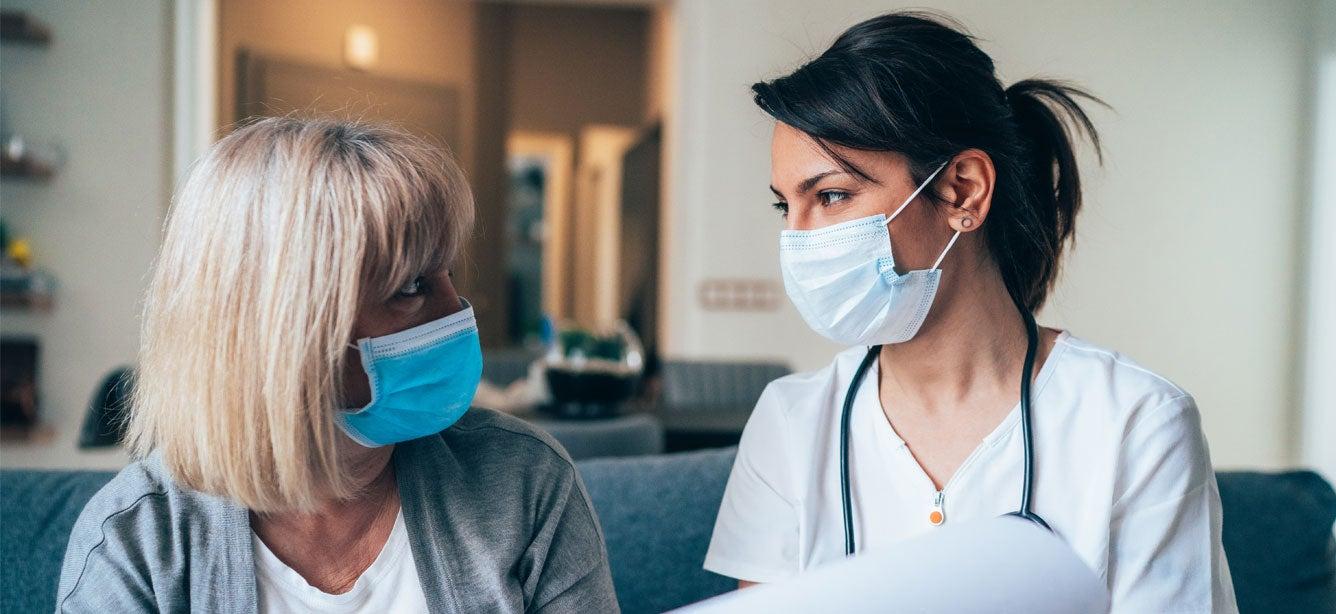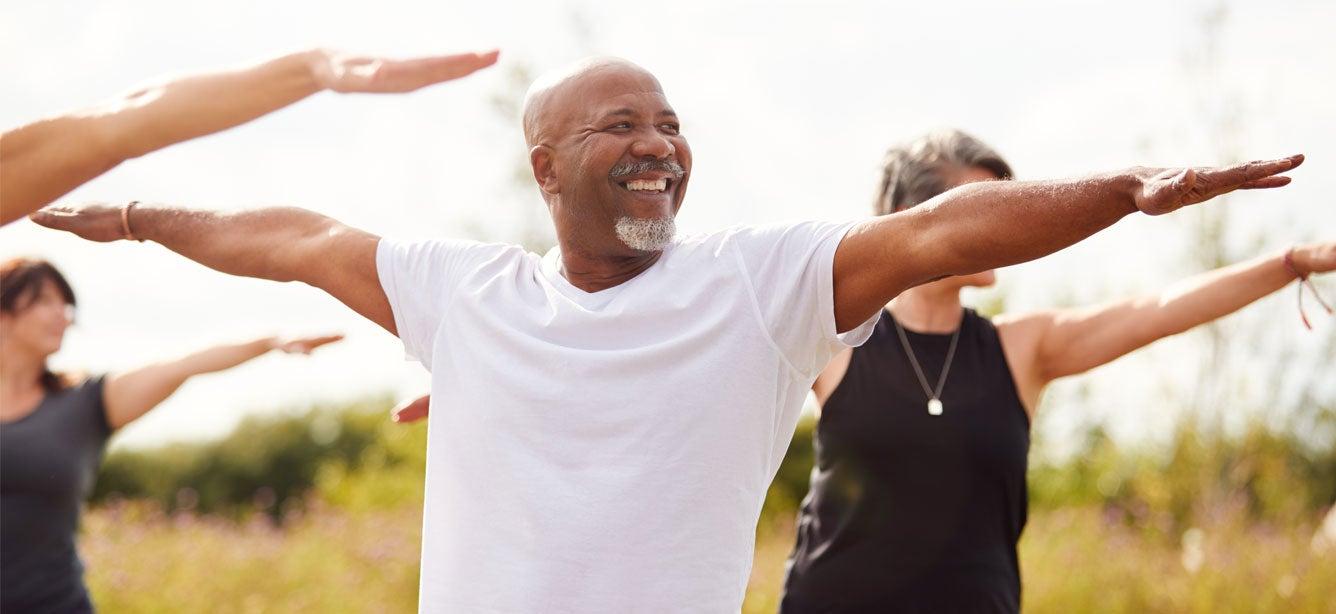
Related Topics
For years, NCOA has been committed to changing the trajectory of falls-related injuries by helping older adults gain the confidence and skills needed to prevent a fall. This continues to be a priority considering falls are the leading cause of fatal and non-fatal injuries among older adults, leading to serious injuries and increased risk of additional falls.
Every year we spearhead Falls Prevention Awareness Week (FPAW), an awareness and activation campaign that reaches millions of people. Learn more about the impact of these efforts by reading our reports below.
Falls Prevention Awareness Week 2024 Impact Report
The 17th Annual Falls Prevention Awareness Week was observed by 34 states and reached over 9 million people through education, falls risk screening, advocacy, and both digital and traditional media.
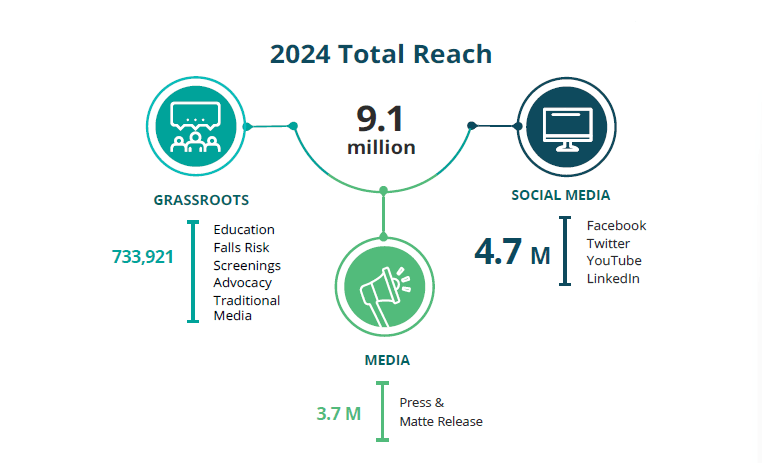
During FPAW 2024, 27,500 people completed the Falls Free® CheckUp. Of those users, 70% were at high risk for a fall, demostrating the need to continue raising awareness of falls risks and the interventions that can help address them.
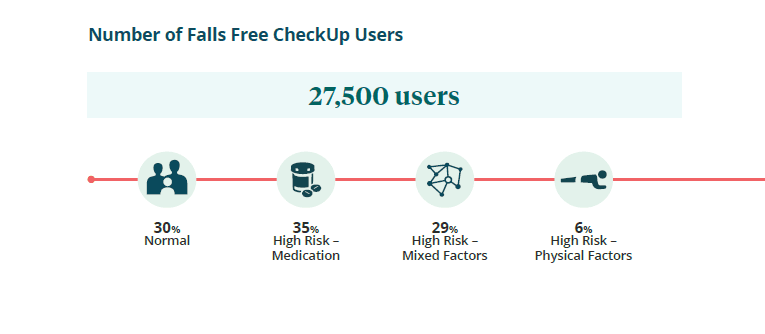
This year, NCOA worked with partners in three cities--Albuquerque, New Mexico; Dallas/Fort Worth, Texas; and Seattle, Washington--to plan and execute Days of Action during Falls Prevention Awareness Week, taking a more targeted approach to increasing awareness and action to address falls at the local level.
During the Days of Action, community and city-wide events offered screenings, home safety and modification education, tai chi demonstrations, and Falls Free CheckUp® completions. The report details more about these events and the planning and message testing that contributed to them.
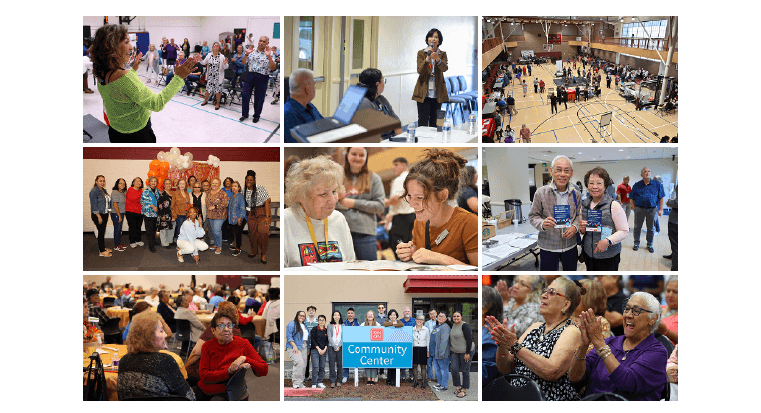
The Bone Health Education Program started in 2023 continued in 2024, helping older adults set goals, develop an individual action plan, and change behaviors to reduce their chances of falling. Over 290 older adults have now participated in bone health education events at senior centers across four states.
Download the full 2024 Falls Prevention Awareness Week Impact Report.
Falls Prevention Awareness Week impact throughout the years
| Year | Summary |
|---|---|
| 2023, Falls Prevention Awareness Week |
The 16th annual Falls Prevention Awareness Week was observed by 40 states and reached over 3 million people. In 2023, more than 30,000 people completed the Falls Free CheckUp® to assess their falls risk and get individualized advice on next steps to prevent falls. This year also marked a partnership with Amgen to study a new Bone Health Education program at senior centers across the country, seeking to address low bone mass and osteoporosis, which can put older adults at higher risk for falls. |
| 2022, Falls Prevention Awareness Week |
The 15th Annual Falls Prevention Awareness Week engaged partners in 48 states and saw the launch of the newly designed Falls Free CheckUp® providing customized resources and next steps to help individuals prevent falls. More than 31,000 people used the Falls Free CheckUp® to understand their falls risk. |
| 2021, Falls Prevention Awareness Week |
The 14th Annual Falls Prevention Awareness Week engaged partners in 44 states, reaching over 314 million people with messages about preventing falls through social media, grassroots education, advocacy and media. NCOA encouraged state falls prevention coalitions and community partners to engage fire and emergency medical services (EMS) in falls prevention efforts and activities. The Falls Free CheckUp® continued to be disseminated by partners. |
| 2020, Falls Prevention Awareness Week |
In a year impacted by the COVID-19 pandemic, partners in 36 states spread the word to over 370 million about the importance of falls prevention through traditional media, new media, and community outreach. NCOA also launched the Falls Free CheckUp®, a digital screening tool modeled after the 12-question screener included in the Centers for Disease Control and Prevention Stopping Elderly Accidents, Deaths and Injuries (STEADI) Stay Independent brochure. Over 4,000 users completed the tool and received a copy of their personalized results sent to their email. |
| 2019, Falls Prevention Awareness Day |
The 12th Annual Falls Prevention Awareness Day engaged organizations in 49 states and reached 300 million people with messages about preventing falls through social media, grass roots education, advocacy, and media. |
| 2018, Falls Prevention Awareness Day |
The 11th Annual Falls Prevention Awareness Day was observed by 43 states and the District of Columbia. National awareness and media efforts collectively reached 154.7 million individuals through national, state and local press releases, Twitter, Facebook, and more. At the state and community level, the State Falls Prevention Coalitions members reached 2.5 million individuals through fall risk screenings, participation in community-based falls prevention programs, and public awareness events. |
This project was supported, in part by grant number 90FPSG0051 from the U.S. Administration for Community Living, Department of Health and Human Services, Washington, D.C. 20201. Grantees undertaking projects under government sponsorship are encouraged to express freely their findings and conclusions. Points of view or opinions do not, therefore, necessarily represent official Administration for Community Living policy.

